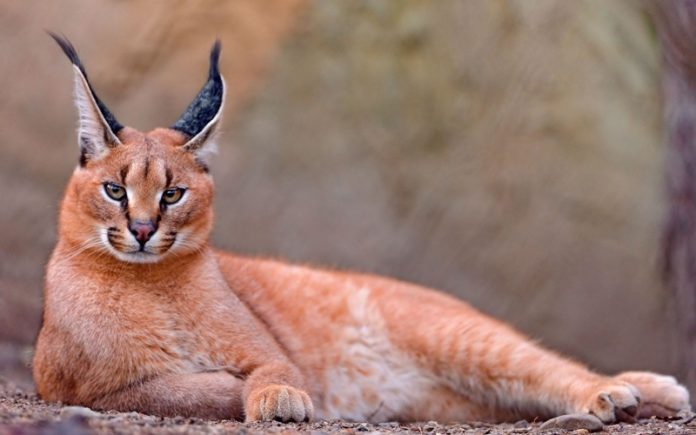In the rugged landscapes and diverse ecosystems of Morocco, a fascinating array of wildcats once roamed freely, embodying the untamed spirit of the Atlas. Today, while the majestic Atlas lion exists only in captivity, other wildcat species still cling to survival in the wild. From the elusive Barbary leopard to the resilient sand cat, these creatures face numerous threats yet remain symbols of the region’s rich natural heritage. Join us as we explore the captivating stories of Morocco’s endangered wildcats and the efforts to preserve their legacy.
The Atlas lion

Though the Atlas lion is extinct in the wild, it survives in captivity through conservation programs. Recent findings suggest that the legendary Atlas lions, long thought to be extinct in the wild, might still roam the rugged terrains of Khénifra. These mysterious indications offer a glimmer of hope for the resurgence of one of North Africa’s most iconic predators, inviting us to delve into the enigma of the Atlas lion’s potential survival in the wild.
The African wildcat
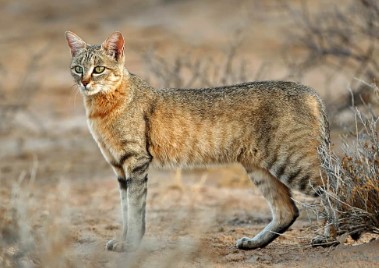
At first glance, the African wildcat, or “gloved cat,” might be mistaken for a domestic cat, a resemblance that has aided its survival. This wildcat, with its black-striped brown coat, is considered the ancestor of the domestic cat. It hunts at dusk or after nightfall in desert environments. Despite legal protection, the species faces threats in Morocco from poisoning. Moreover, rapid urbanization increases contact between the wildcat and domestic cats, leading to hybridization and disease transmission.
The sand cat

The sand cat, or desert cat, inhabits Morocco’s desert regions. It has a small body, short legs, a broad head, and high ears. Its dense, silky fur ranges from sandy tones to light gray. This nocturnal predator, resembling a kitten, hunts rodents, lizards, and insects. Sand cats stay hidden in their burrows during the day, coming out at night. Females give birth to 2-4 kittens after a two-month gestation. These cats, which can live up to 14 years, are now hunted not for their fur but to be sold as pets.
The North African cheetah
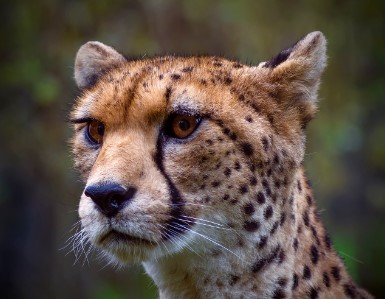
In Morocco, the North African cheetah is found in the Sahara region, within ecosystems spanning Morocco, Algeria to the east, and Mauritania to the southeast. Its presence has been confirmed multiple times by nomads. Once common in the Sahara, this cheetah is nearing extinction due to the decline of its natural prey, particularly gazelles, caused by overhunting and expanding human settlements.
The caracal
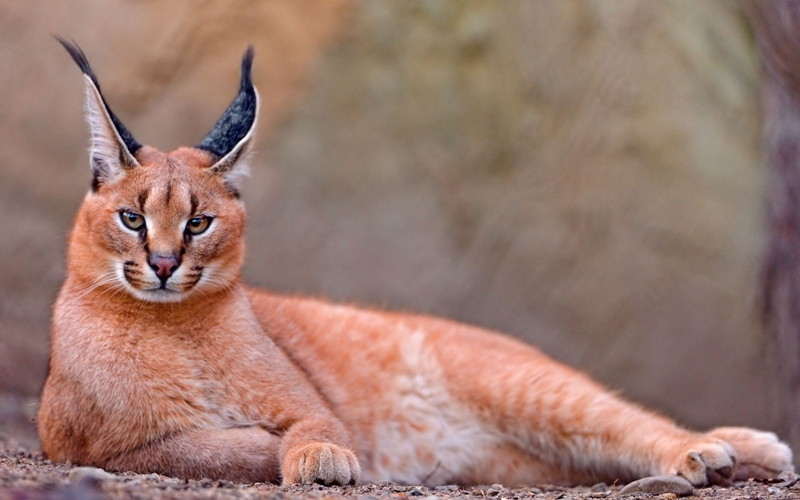
The caracal, though rare and threatened, still survives in the wild in Morocco. It was last observed on the road between Azrou and Mrirt by a Moroccan ornithologist. The caracal sometimes approaches human settlements to hunt livestock or poultry. Despite being legally protected, the species is under threat from poaching.
The serval
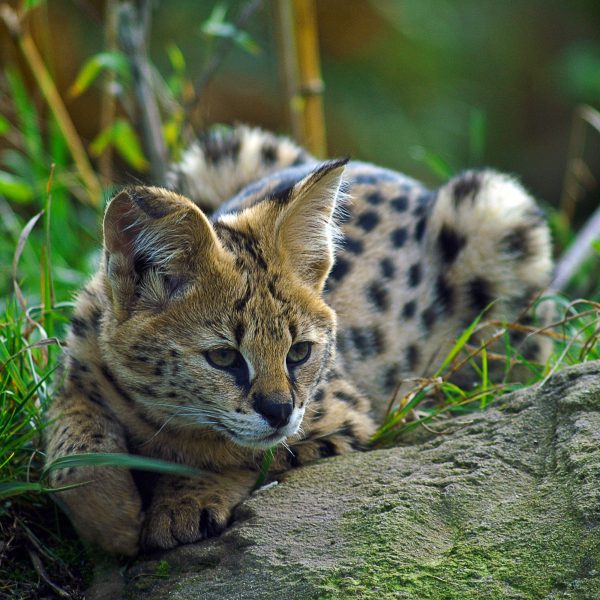
The serval, a medium-sized African wildcat, was last spotted in Morocco by a hiker in the Middle Atlas in 2014. Known for its distinctive spotted coat and acute hearing, the serval hunts small prey such as rodents in densely vegetated areas. Once highly sought after for its fur, this species has faced significant threats from poaching, even though it is legally protected. In ancient Egypt, the serval was revered as a god and is known to be a friendly and easily domesticated animal. When crossed with a domestic cat, it produces the Savannah cat.
The barbary leopard

The Barbary leopard, also known as the Atlas leopard, inhabits the Atlas Mountain range. Thought to be extinct in the 1990s, a team of zoologists discovered about thirty individuals, proving the species’ continued existence. This ancient predator, the last large one in North Africa, thrives in pine, juniper, cedar, and conifer forests, preying on Barbary sheep and macaque monkeys.


